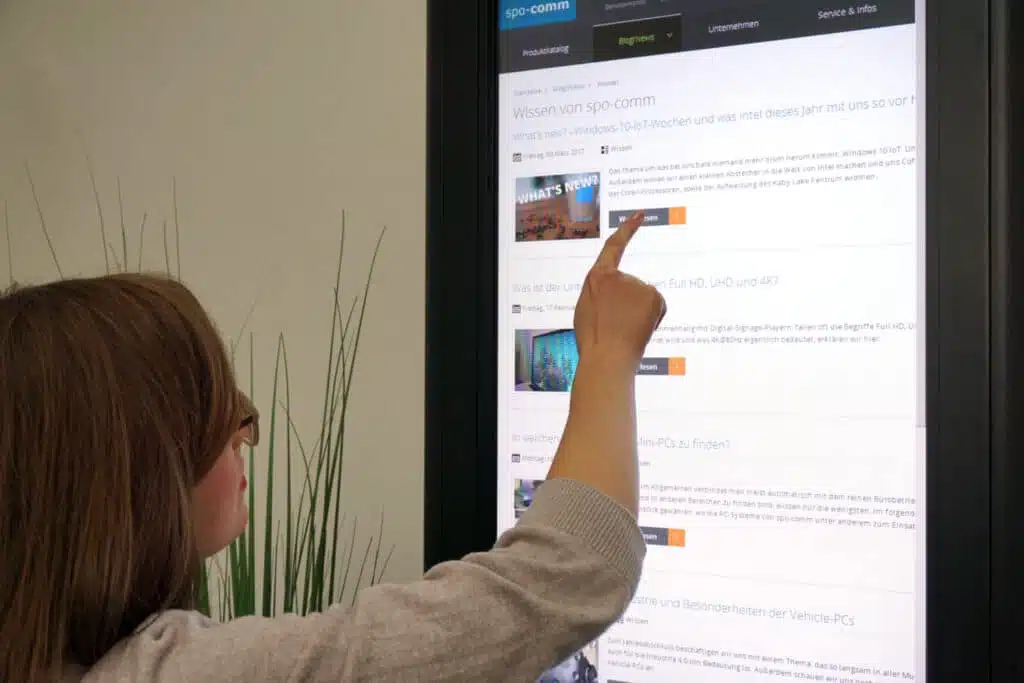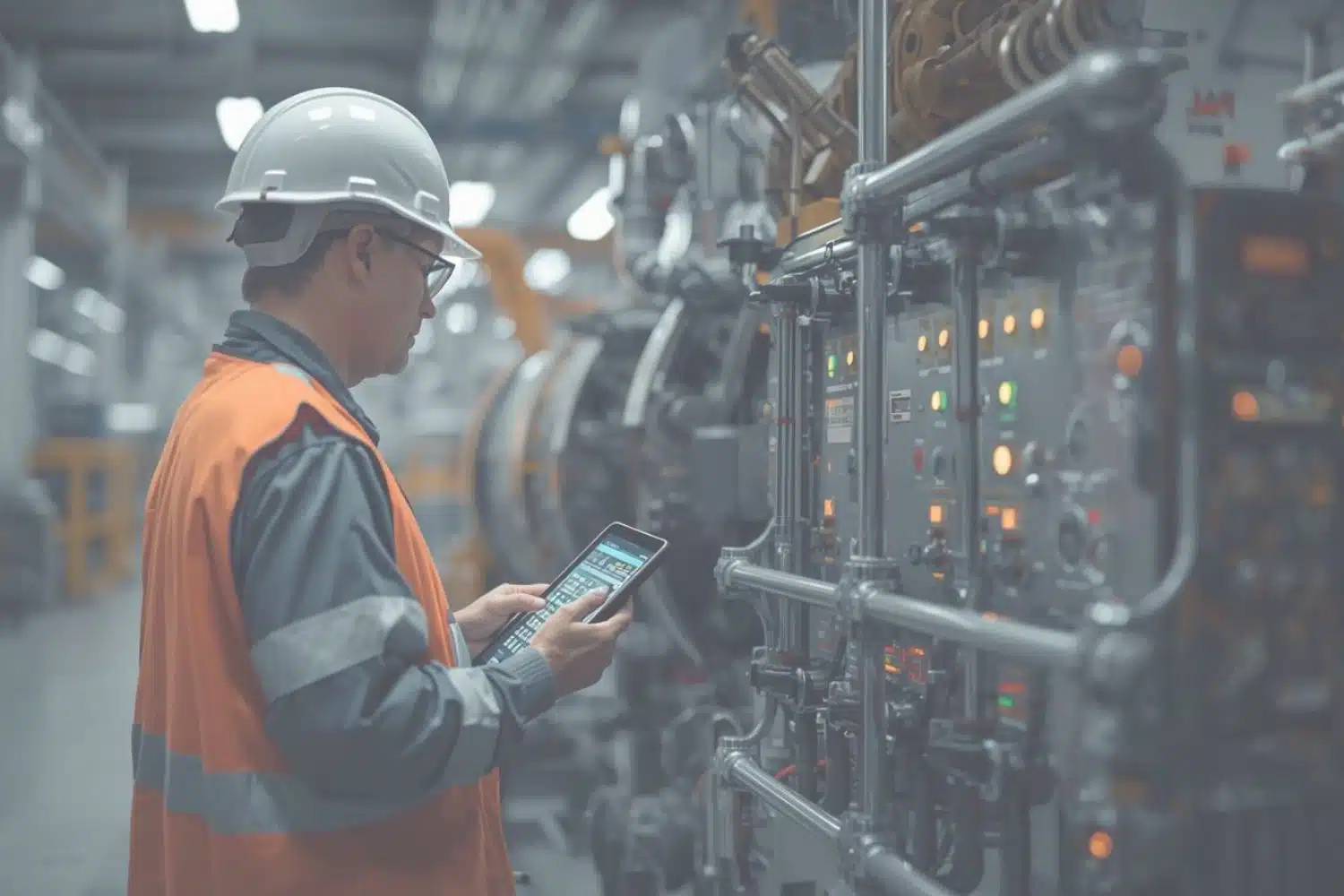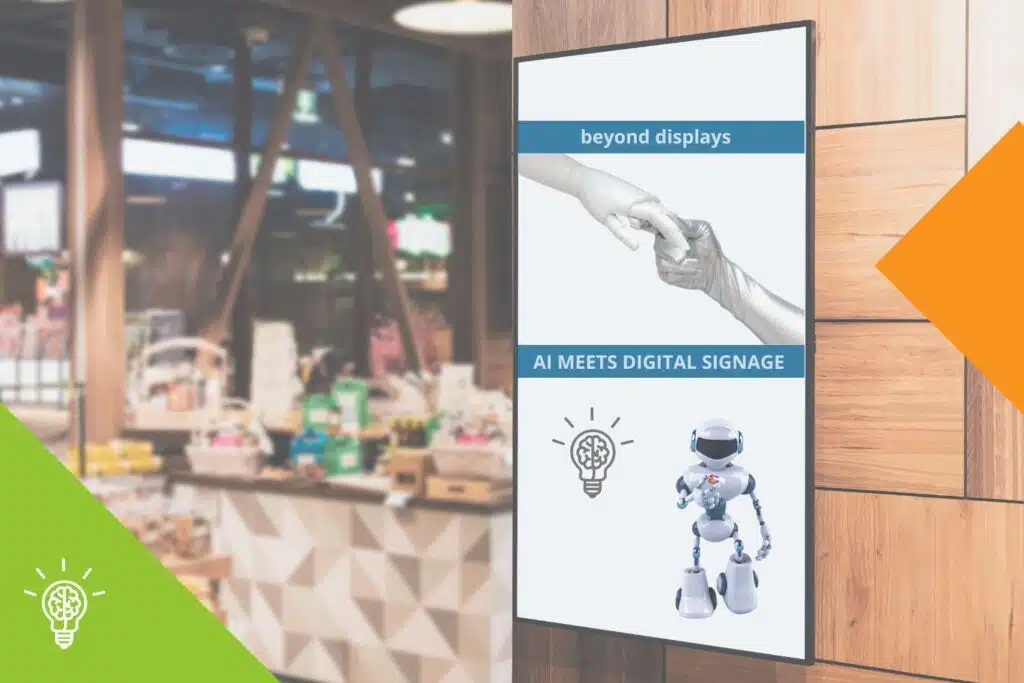14.03.2017

But let's start at the beginning and address the question of why this operating system is now called Windows 10 IoT. First, a brief digression on the term "IoT":
IoT is short for "Internet of Things ". The term describes the idea that PCs will gradually disappear and be supplemented and replaced by smart objects ("things"). For the private sector, this means that everyday objects are being equipped with processors, sensors and transmitters. For example, refrigerators that reorder food themselves or an intelligent brushthat analyzes hair structure. But the topic of IoT is also, or rather especially, interesting for many sectors in the industrial sector. This is because embedded microdevices can be used to network production systems and shipping processes, among other things, and therefore work much more efficiently.
Why has Microsoft now chosen the name Windows 10 IoT for its new embedded operating system? Well, for one thing, the term IoT is slowly becoming the talk of the town, so the term is not a bad idea for marketing reasons alone. On the other hand, Windows 10 IoT is part of the One Windows strategy. This means that there is one Windows for all devices - from small devices to servers. This is because Windows 10 IoT comes in three versions, which are differentiated according to device type: Windows 10 IoT Core for small devices such as Raspberry Pi, Windows 10 IoT Mobile Enterprise for smartphones and small tablets and Windows 10 IoT Enterprise for systems with a desktop shell and Win32 apps.
All three variants are based on the same core, to which different features are added for each device family. Thanks to the common core, the so-called universal apps can run on all platforms and device types, which significantly reduces and simplifies the effort required for development and support.
Of the three Windows IoT variants, we are only really interested in Windows 10 IoT Enterprise, as this is the version that runs on (mini) PCs and enables desktop apps and Win32 applications. Possible applications include areas such as POS, kiosk, digital signage, industrial control, production systems and ATMs.

Machines that know when they need to be serviced before anything breaks down. Sounds like a dream of...

Digital signage has long been much more than just static screens. In times of Industry 4.0, smart bu...

SCADA systems enable real-time monitoring and control of industrial processes and are central to Ind...
You need to load content from reCAPTCHA to submit the form. Please note that doing so will share data with third-party providers.
More Information